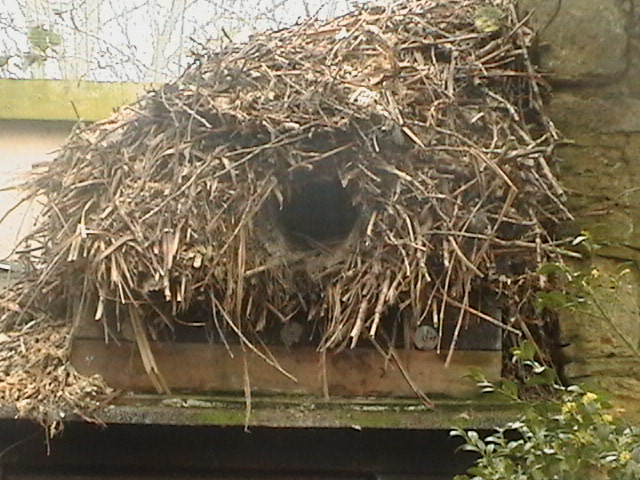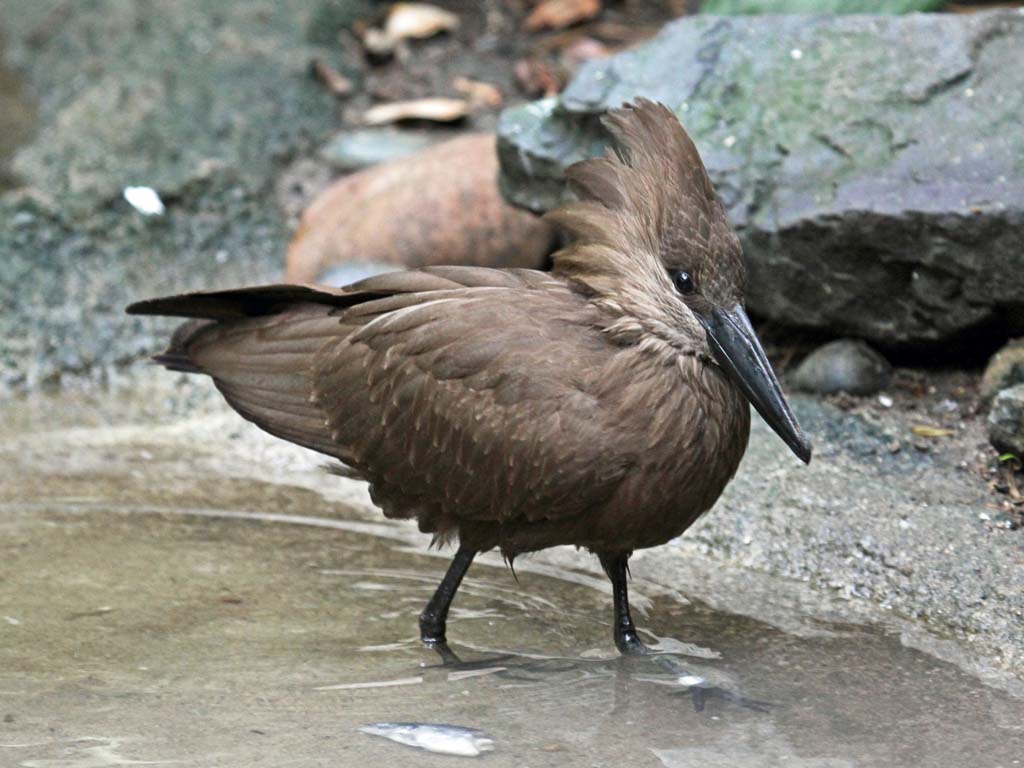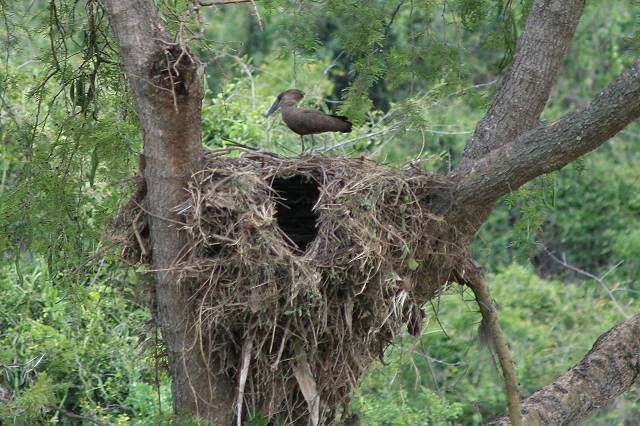Luxury
Luxury
Luxury
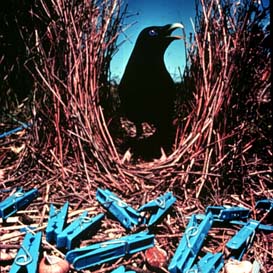

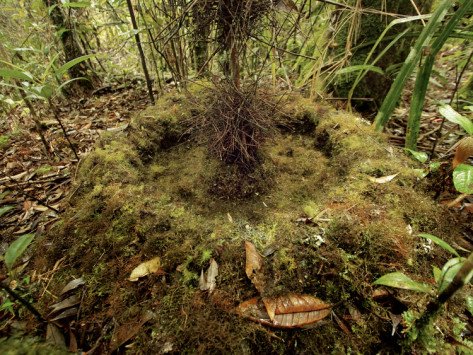

"Sense Of Beauty In Birds"
“The more we study the works of God, the more we become convinced that He has made nothing without a purpose. "He hath made everything beautiful in its time" (Eccl. iii. 11), and it is evident that all beauty is not solely for man's pleasure, but that birds, at least, have as keen an eye for beauty as man has. The nearer we come to God, and the better acquainted we become with Him, the more we realize the fact that, as the offspring of God, we have kinship with all creation. Then we shall no longer look upon the creatures less highly endowed than we, as formed to be servants to man, or to be served up in, in dainty dishes to tickle his palate, but as companions, and even as teachers.
See Job 12:2-10.
God has given them the same sensibilities and the same emotions that He has to us, only in smaller degree, and, considering their limitations, they often reveal His working in a more marked manner than men do. Among the creatures that rival human beings in the love of adornment, are the Bower Birds of Australia, so called because their nests are veritable arbors, as seen in the out on this page. The following description is from Chambers's Journal:-
At the courting season, beautiful and curious objects are collected together in these bowers, which are often elaborate structures, and built upon the ground, the nests being in trees. The whole account reads somewhat like a description of the crockery, bead, and tinsel houses which rustic children spread out for themselves on a dry grassy knoll on a pleasant summer day.
One of these Bower Birds takes most readily to the arranging and re-arranging of brightly colored feathers, bleached bones, and shells. Another likes to carry round atones, even from a great distance, and assort them with shells. A third species makes use of blackberries, fresh leaves, and pink buds.
At the courting season the males dance through their glittering halls, exhibiting the most grotesque antics. In an aviary in New South Wales the male would sometimes chase the female, picking up a gay feather or large leaf, and uttering a low whistling note.
The Great Bower Bird has been seen amusing itself flying backwards and forwards, taking a shell alternately from each side, and carrying it through the archway in its bill. The bower of the fawn-breasted species is raised on a platform of sticks, and is nearly four feet in length. The quantity of gay objects in all cases surprises the observer.
Since the habits of the Australian Bower Birds have been narrated, Dr. Beccari, an Italian traveler, has described a new one, which he found in New Guinea, called the Gardener Bower Bird. This bird chooses a flat surface beside a small tree, round the trunk of which it builds a conical hut nearly three feet in diameter at the base. The hut is formed of the twigs of a parasitical hanging orchid, whose leaves, keeping fresh for a long time, add to the beauty of the bower.
Within the hut, a quantity of moss is arranged round the trunk of the tree. There is a meadow of moss, weeded of grass and stones, and kept scrupulously clean, before the cottage door. Gay flowers, glossy fruit, fungi as well as bright insects, captured and killed, are placed on this green turf so as to form a pretty garden. Hence the bird's name of 'gardener,' which is also its native name. When the objects fade, they are removed out of sight, and fresh ones supplied.
THE HAMMERHEAD
“Mr. Layard's description of the Hammerkop, literally, Hammerhead, also named the Umbrette, is equally interesting. Specimens, of late, have been occasionally secured for our Zoological Gardens. It is somewhat like a heron or stork, has a melancholy gait, lives on fish and frogs, and is considered in Africa a bird of evil omen. It is found in Cape Colony, some other parts of Africa, and in Madagascar. Under its quiet appearance, it nourishes esthetic tastes. When it casts off its sober demeanor; it indulges in a fantastic dance. In a state of nature, two or three join in the dance, skipping round each other, opening and closing their wings. They breed on trees or on rocky ledges, forming a huge structure of sticks. These nests are so solid that they will bear the weight of a heavy man on the domed roof without collapsing. The entrance is a small hole, placed in the least accessible side.
In a lonely rocky glen, Mr. Layard once counted half-a-dozen of their nests, some almost inaccessibly placed on ledges of rocks. One nest contained at least a large cartload of sticks. They occupy the same nest year after year, repairing it as required. The female is credited with the joiner-work, and the male is the decorator. On the platform outside the inner portion he spreads out all kinds of objects of verin, brass and bone buttons, bits of crockery, and bleached bones.
If a knife, pin, or tinderbox were lost within some miles, the loser made a point of examining the Hammerkops' nests. Indeed, were it not that hyenas, leopards, and jackals ranged in their vicinity, it is highly probable man's curiosity or resentment would have often extirpated these interesting artists, or at least destroyed habits founded on leisure and immunity from persecution.
After such well-authenticated instances of birds showing a taste for ornament, one is less credulous of the statement that the Baya Bird of Asia decorates its elaborately constructed nest with fireflies, much as the Creoles in the West Indies adorn their hair with them for a dance or assembly.
We have the high authority of Mr. Gould for the fact that certain hummingbirds decorate the outside of their nests with the utmost taste, fastening thereon beautiful pieces of flat lichen, the larger pieces in the middle, and now and then are fastened and placed at the surface.
The nest of our long-tailed titmouse, which some authorities tell us is a variety peculiar to the British Isles, combines beauty of appearance with security and warmth. A favorite building-place is in the midst of a clump of almost inaccessible blackthorns. The outside of the nest sparkles with silver-colored lichens adhering to a firm texture of moss and wool. The female is know to be the nest-maker, and it takes her nearly three weeks to complete her habitation.”
June 13, 1901 EJW, PTUK 380
